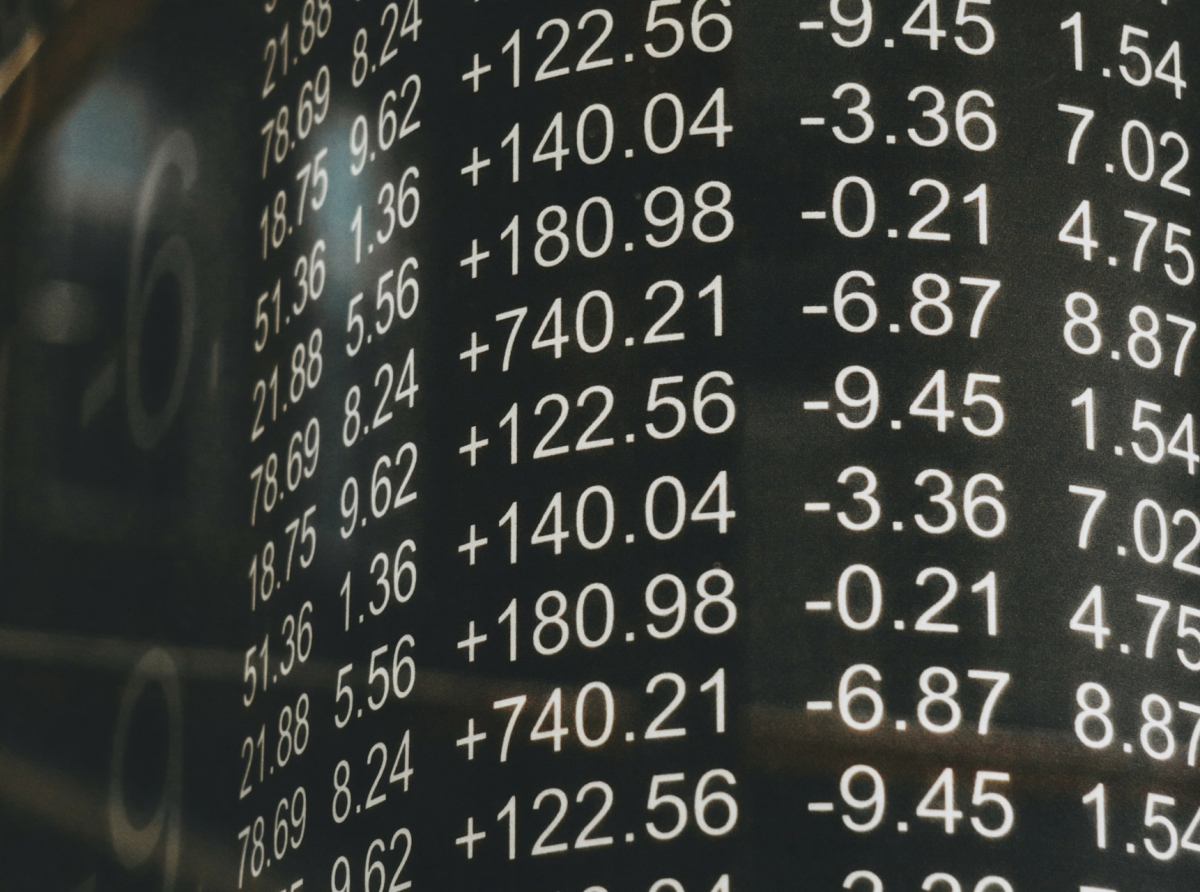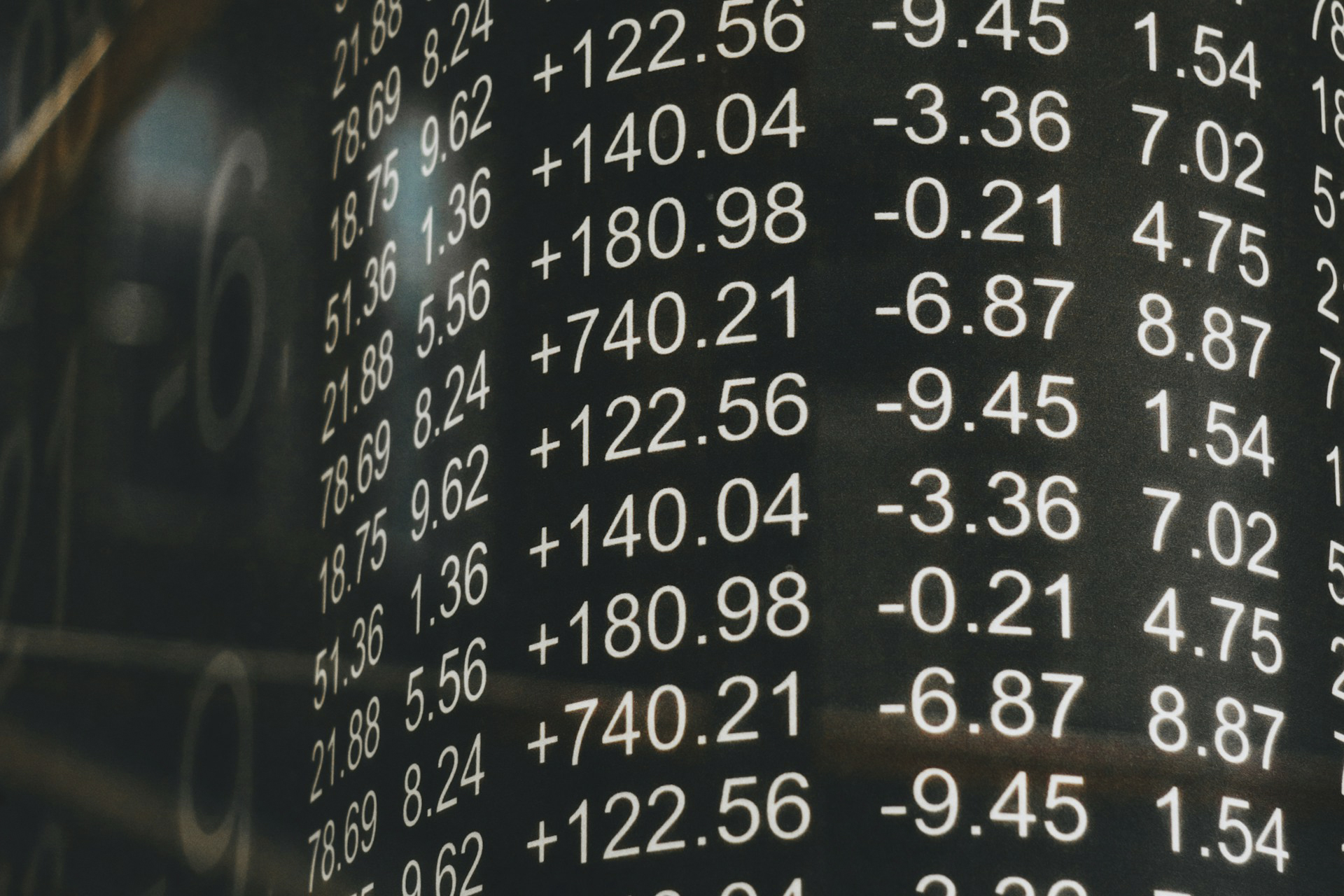Day Trading vs Swing Trading: Which Strategy is Better for You?

Day Trading vs Swing Trading: Which Strategy is Better for You?
Why Most Traders Fail Before They Begin
In the forex market, where price fluctuations are measured in pips and fortunes can be made or lost in seconds, risk management is not just a safety net — it's the backbone of professional trading.And yet, despite countless courses and strategies, most traders ignore one fundamental principle: protect your capital before chasing profits.
The One Percent Rule may sound simple — even boring — but it’s one of the most powerful concepts in professional trading.
By limiting your risk per trade to no more than 1% of your account, you create space for losses without jeopardizing your long-term success.
It’s the difference between surviving the market and becoming its victim.
Choosing the right trading strategy can make or break your success in the financial markets. Two of the most popular approaches—day trading and swing trading—offer distinct advantages and challenges.
Whether you're a beginner looking to enter the world of trading or a seasoned trader seeking to refine your approach, understanding these strategies is crucial.
Let’s dive into the specifics of each method and determine which one aligns best with your goals.
Whether you're a beginner looking to enter the world of trading or a seasoned trader seeking to refine your approach, understanding these strategies is crucial.
Let’s dive into the specifics of each method and determine which one aligns best with your goals.

Day Trading vs Swing Trading: Which Strategy is Better for You?
What is Day Trading?
Day trading involves buying and selling financial instruments within the same trading day. Traders aim to capitalize on small price movements, often using technical analysis and advanced charting tools.Key Characteristics:
High-frequency trades
Focus on short-term market fluctuations
Requires constant monitoring of the market
Best suited for traders with time flexibility
Advantages:
Quick profit potential
No overnight risk (positions are closed by the end of the day)
Challenges:
High stress and time commitment
Requires significant experience and discipline
What is Swing Trading?
Swing trading focuses on capturing gains over a period of days or weeks. Traders use technical and fundamental analysis to identify trends and ride the “swings” in the market.Key Characteristics:
Longer holding periods compared to day trading
Less time-intensive, as positions are held overnight
Suitable for part-time traders
Advantages:
More relaxed pace compared to day trading
Potential for larger gains per trade
Challenges:
Overnight risk (market gaps can lead to losses)
Requires patience and a solid understanding of market trends
Day Trading vs Swing Trading: Key Differences
Time Commitment:Day Trading: Requires full-time attention during market hours.
Swing Trading: Allows flexibility, making it ideal for those with other commitments.
Risk Management:
Day Trading: Avoids overnight risks but demands quick decision-making.
Swing Trading: Exposes traders to overnight risks but offers more time to analyze positions.
Profit Potential:
Day Trading: Smaller, frequent gains.
Swing Trading: Larger, less frequent profits.
Skill Level:
Day Trading: Best for experienced traders familiar with technical analysis.
Swing Trading: Accessible to beginners with basic knowledge of market trends.
Which Strategy is Right for You?
Choosing between day trading and swing trading depends on your personal preferences, lifestyle, and trading goals.Choose Day Trading If:
You thrive in fast-paced environments.
You have access to real-time data and tools.
You can dedicate several hours daily to trading.
Choose Swing Trading If:
You prefer a slower pace and longer-term strategies.
You want to balance trading with other responsibilities.
You’re comfortable with moderate overnight risks.
Both day trading and swing trading offer unique opportunities for traders willing to put in the effort. While day trading appeals to those seeking quick profits and thrives on volatility, swing trading provides a more balanced approach for individuals juggling multiple priorities.
Ultimately, the better strategy depends on your personality, resources, and long-term objectives.
Ultimately, the better strategy depends on your personality, resources, and long-term objectives.
By Jake Sullivan
July 22, 2025









Report
My comments